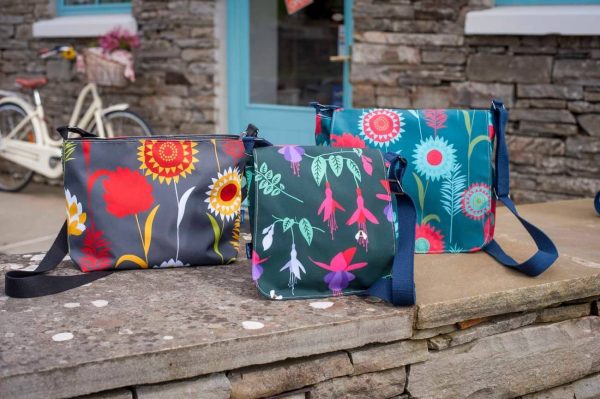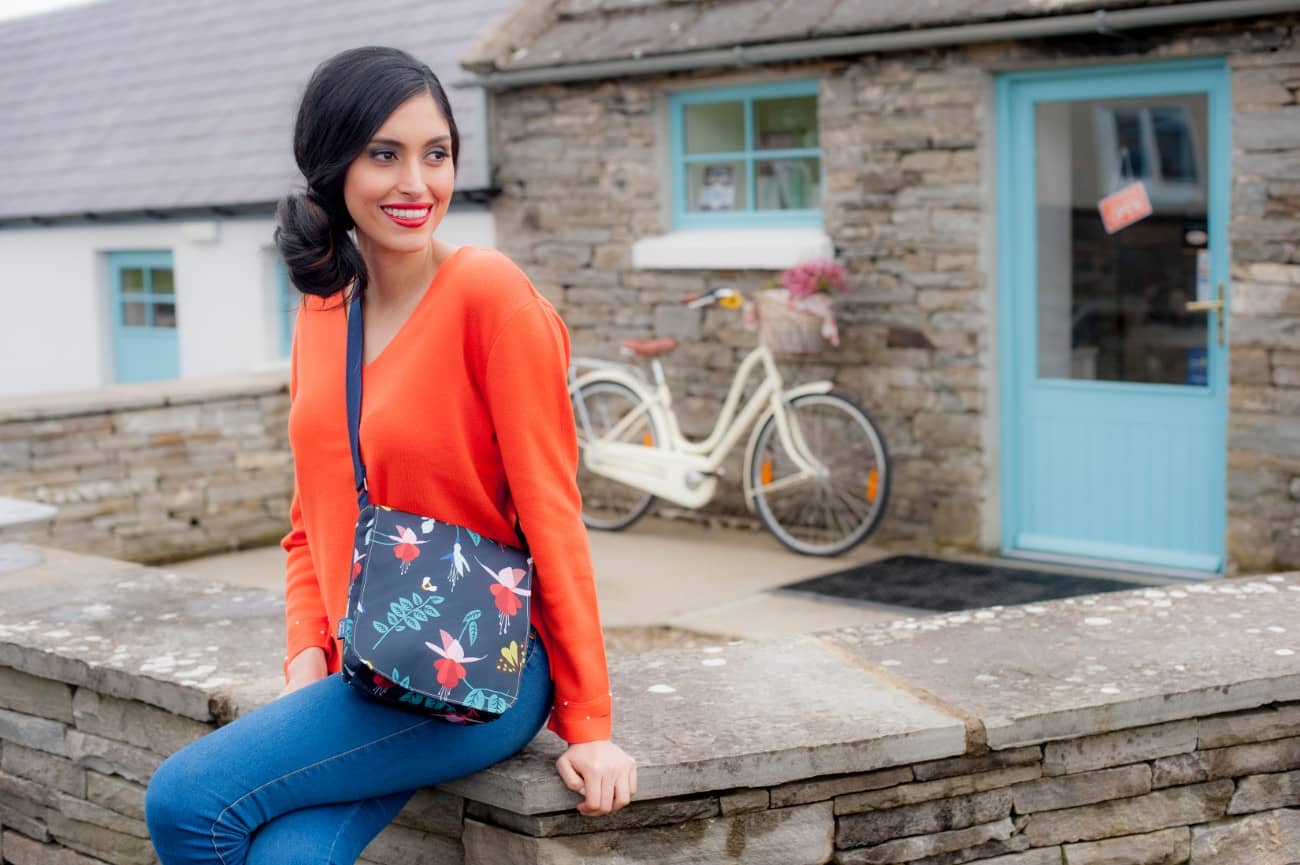From humble beginnings as simple pouches to the status symbols they are today, handbags have a rich and fascinating history. They’ve journeyed from purely functional necessities to essential fashion accessories, reflecting the changing roles of women and societal trends throughout the ages. Let’s delve into the captivating evolution of the handbag.
Early Incarnations: Function Over Form
In earlier centuries, bags were primarily utilitarian. Think small pouches tied around the waist or larger satchels used for carrying food, tools, or personal belongings. These early bags weren’t designed with aesthetics in mind; their purpose was purely practical. They were often made from simple materials like leather or cloth and lacked intricate details. Men and women alike used these bags, as pockets were not yet a standard feature of clothing.
The Rise of the Reticule: A Shift Towards Style
The 18th century saw the emergence of the reticule, a small, decorative bag carried by women. This marked a significant turning point, as it represented the first time handbags began to be seen as fashion accessories. Reticules were often made from finer materials like silk or velvet and adorned with embroidery, beads, and other embellishments. They were designed to complement a woman’s attire and became a symbol of status and refinement. However, they were still relatively small and could only hold a few essential items.
The Handbag Revolution: Practicality and Fashion Converge
The 19th century brought about significant changes in the world of handbags. As women’s roles expanded and they became more independent, the need for larger and more practical bags grew. The development of improved transportation, such as trains and carriages, also contributed to this demand. Handbags began to be made in a wider variety of shapes and sizes, using sturdier materials like leather and canvas. Designers started to incorporate features like compartments and closures, making bags more functional and organised. This era saw the rise of iconic handbag styles that are still popular today, such as the Gladstone bag and the doctor’s bag.
The 20th Century and Beyond: Handbags as Statements
The 20th century witnessed an explosion in handbag design and popularity. Handbags became an integral part of a woman’s wardrobe, reflecting her personal style and social status. Designers pushed the boundaries of creativity, experimenting with new materials, shapes, and embellishments. The rise of luxury brands further elevated the handbag to a coveted object, with certain styles becoming highly sought-after and collectible. From the classic Chanel flap bag to the iconic Hermès Birkin, handbags became powerful statements of fashion and individuality.
The Modern Handbag: A Diverse Landscape
Today, the handbag market is incredibly diverse, offering a vast array of styles, sizes, and price points. From minimalist designs to bold and extravagant creations, there’s a handbag to suit every taste and occasion. Whether you’re looking for a practical everyday bag or a statement piece for a special event, the options are endless.

Finding Your Perfect Handbag at Sally Ann’s Bags
At Sally Ann’s Bags, we understand the importance of a well-crafted and stylish handbag. We offer a curated collection of bags designed to meet the needs of modern women. From classic designs to contemporary styles, our bags are made with high-quality materials and attention to detail. We believe that a handbag is more than just an accessory; it’s an expression of your personal style. Visit sallyannsbags.com to explore our collection and find the perfect handbag to accompany you on your own journey through life. We’re sure you’ll find something you love.
What’s your favourite era in handbag history? Let us know in the comments below!


Leave a Reply